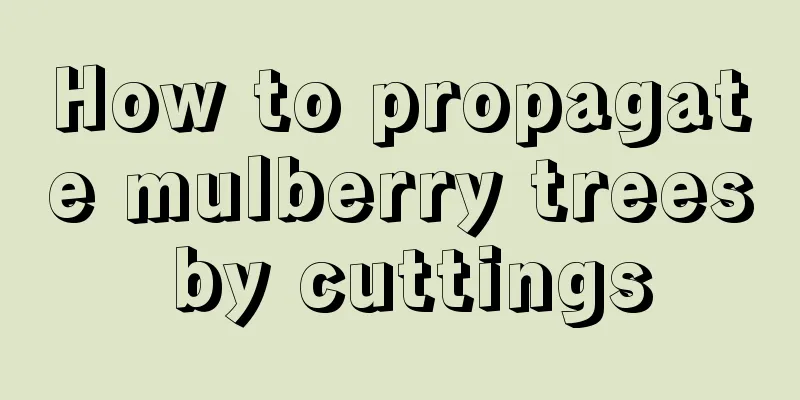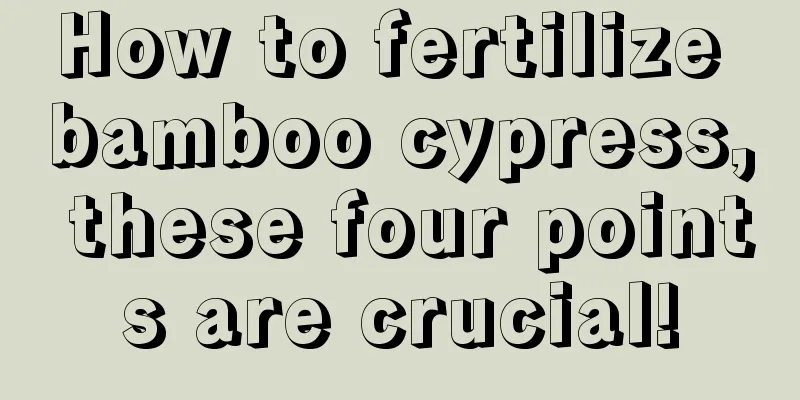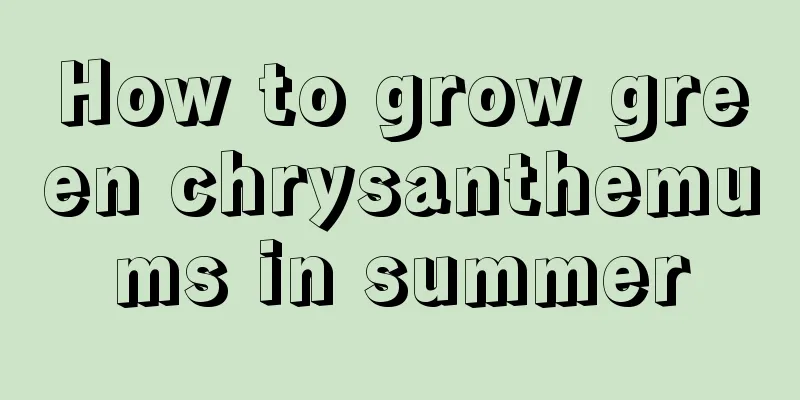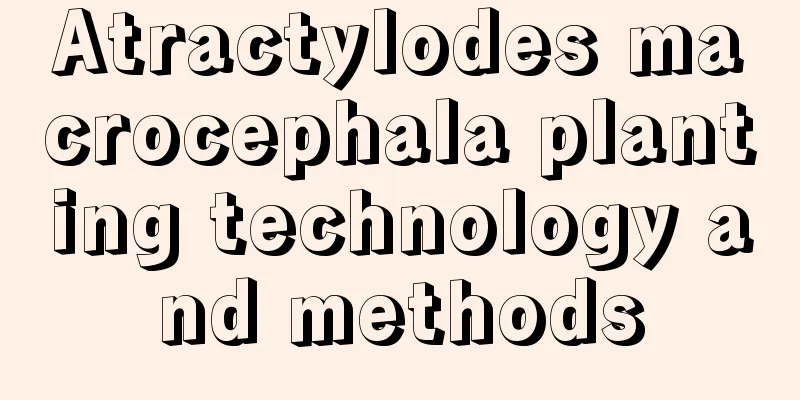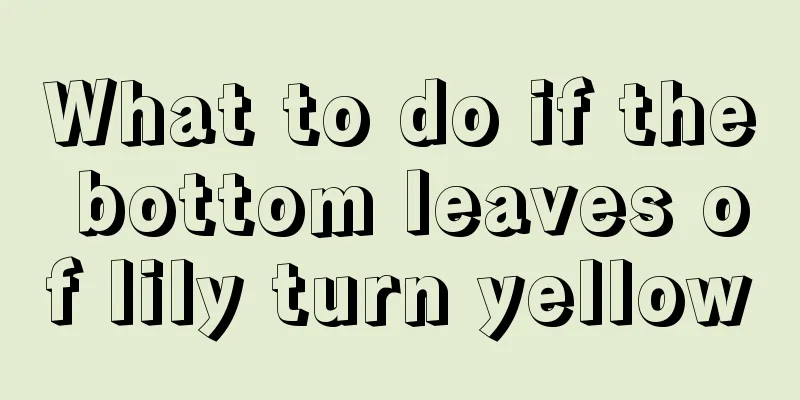Evening primrose pests and diseases and their control methods
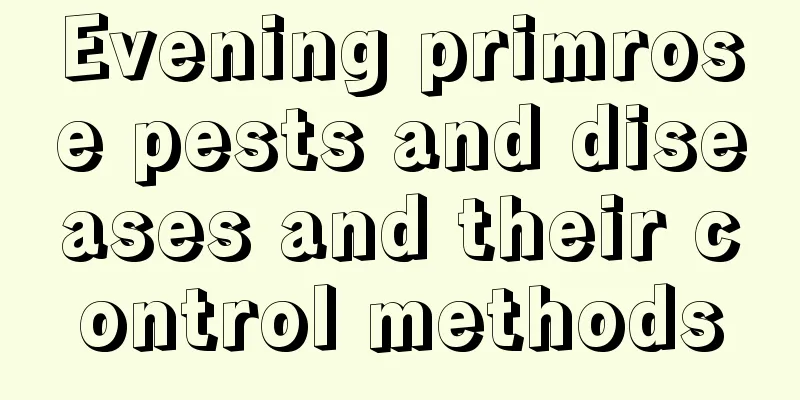
Diseases and prevention methods of evening primroseRotRot is one of the diseases that plague evening primrose. After becoming infected, the roots of the plant gradually change color and rot, the leaves shrink and dry up, and in severe cases, the entire plant may die. Prevention and treatment methodsYou can use 1% lime water, or 1500 times diluted 50% thiophanate-methyl, or 1000 times diluted 75% chlorothalonil for irrigation. Leaf spotLeaf spot disease mainly harms the leaves of evening primrose. The pathogen is Septoria oenothera, which belongs to the subphylum Ascomycota and the genus Septoria. The pathogen overwinters in diseased remains in the form of conidiophores and mycelium. In the spring of the following year, the conidiophores absorb water and release conidia for initial infection. The transmission of leaf spot disease mainly relies on raindrop splashing and air circulation. Seeds carry the bacteria, causing long-distance transmission. The disease is most likely to occur in a high temperature and high humidity environment, so the hot and rainy season from July to August every year is the peak period of the disease. After becoming infected, round, light brown spots will appear on the leaves, about 2-3 mm in diameter, with purple-red edges, brown in the middle, and densely covered with small black spots. In severe cases, the leaves will gradually dry up and fall off. Prevention and treatment methodsIn autumn, completely remove diseased leaves and seriously diseased plants, burn them and discard them in a centralized location. Before sowing, soak the seeds in 500 times diluted 50% carbendazim or 50% mancozeb for 30 minutes, and then plant them after drying. In the early stage of the disease, spray 500 times diluted 50% mancozeb or 600 times diluted 50% mefenamic acid once, with an interval of 10-15 days. Evening primrose pests and control methodsAglaonema cooperiThis pest will harm plant seedlings in the larval stage, chewing branches and stems, causing poor development of seedlings. In the adult stage, it will affect the flowering of the plant and have a certain impact on the petals. Prevention and treatment methodsUse roasted wheat bran and 30 times diluted 90% crystalline dichlorvos to make poison bait to kill insects. Mix the bait directly with 50% phoxim emulsifiable concentrate in a ratio of 1:1 to kill the insects. |
<<: Pests of Albizia Julibrissin and their control methods
>>: Common Pests of Hypericum and Their Control Methods
Recommend
Cultivation methods and precautions of Ageratum
1. Soil When choosing soil for ageratum, the most...
Rose soil recipe
1. Soil Formula You can buy special roses at a fl...
Can spoiled rice wine be used as fertilizer?
Spoiled rice wine as fertilizer Spoiled rice wine...
What flowers are suitable for growing in Qiqihar, and what are the city flowers and trees?
1. Climate characteristics of Qiqihar Qiqihar has...
Can I water the grapefruit tree when it is blooming?
Watering the grapefruit tree in bloom The pomelo ...
How to plant Star Beauty through leaf cuttings
Season Selection Spring and summer are good seaso...
How to grow the Qilin tree and what to pay attention to
Growth habits of the Qilin tree The suitable grow...
Which month is suitable for planting watermelons?
Watermelon , an annual climbing plant belonging t...
Make your own hydroponic nutrient solution with rice washing water, and your green radish and spider plants will grow rapidly after drinking it!
1. Production method 1. Collection: Collect the f...
How to plant lotus bowl? Planting time and method steps
Bowl lotus planting time In fact, lotus can be pl...
What should I do if Ji Longyue grows too tall?
What does Ji Longyue look like? If the plant grow...
How to fertilize five-color plum
Does this plant need a lot of nutrients? First of...
Causes and solutions for the failure of the thorn plum to bloom
Euphorbia milii, a well-known flowering plant, is...
Cockscomb planting time and method is suitable for planting in which month
Cockscomb planting time Cockscomb likes to grow i...
Is the Christmas flower poisonous? What is the cultivation method?
1. Is it toxic? The Christmas flower is poinsetti...
